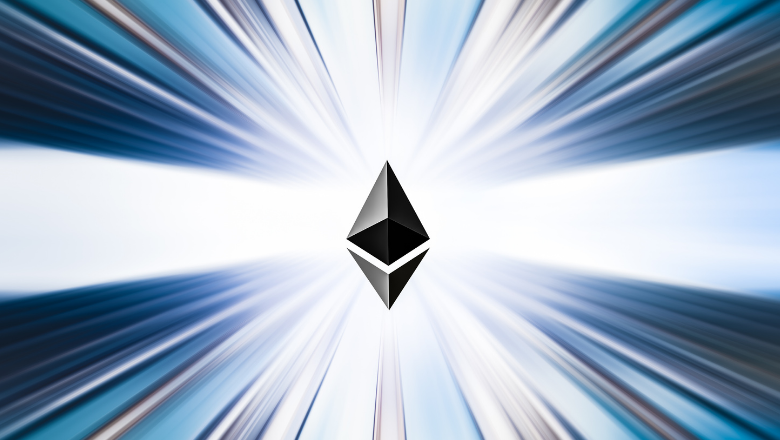Ethereum developers have officially announced that the highly anticipated Fusaka hard fork is scheduled to go live on the mainnet on December 3. The timeline was revealed during the latest ACDC #165 developer call.
Before reaching the mainnet, Fusaka will be deployed across multiple testnets:
-
Holesky on October 1
-
Sepolia on October 14
-
Hoodi on October 28
Developers emphasized that exact block times, dates, and epoch numbers will be reconfirmed in the coming days. Once activated, Ethereum’s blob capacity is expected to double within two weeks, significantly improving data throughput.
What Makes Fusaka a Major Upgrade?
As Ethereum’s next major hard fork, Fusaka is designed to boost scalability without compromising security and decentralization. Its core features include:
-
Peer Data Availability Sampling (DAS): Enables validators to confirm massive data sets, or “blobs,” by checking only small samples from peers rather than downloading the entire dataset.
-
Gas Limit Expansion: Increases the block gas limit from 30 million to 150 million units, allowing more transactions per block.
-
Verkle Trees: Optimizes on-chain data storage with smaller proof sizes for more efficient validation.
-
EVM Enhancements: Improves smart contract execution speed and overall performance.
Security Testing Ahead of Launch
To strengthen the rollout, the Ethereum Foundation has launched a four-week audit contest for Fusaka, with up to $2 million in rewards for researchers who detect vulnerabilities before the upgrade goes live on mainnet.
What’s Next After Fusaka?
Looking beyond Fusaka, Ethereum’s roadmap points toward Glamsterdam, an upgrade expected in 2026. This next phase will likely target further scalability improvements, including the EVM Object Format (EOF) and faster block times.


